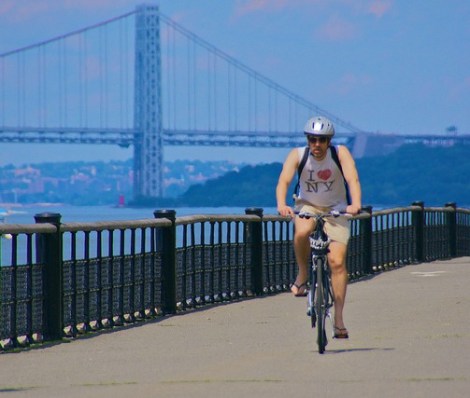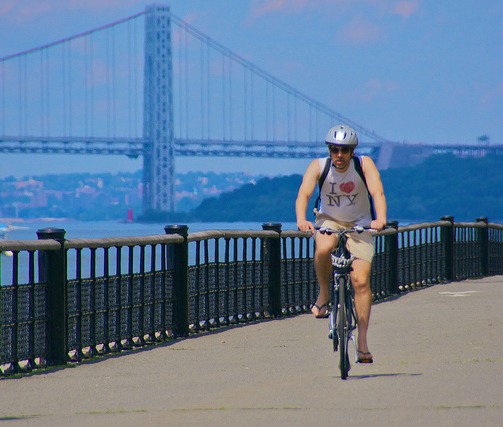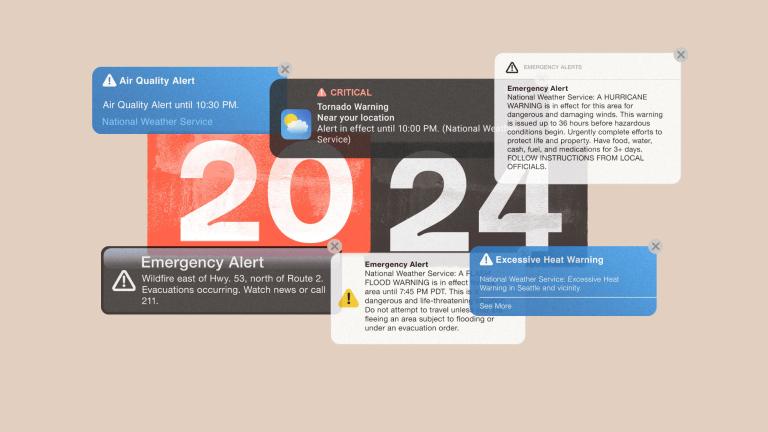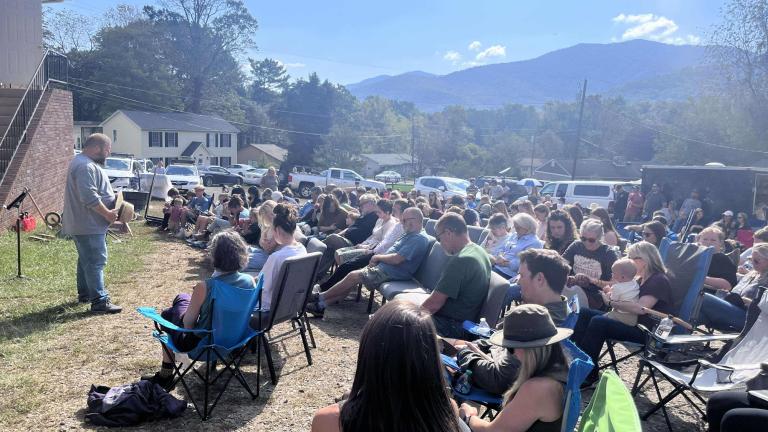This May, New York City is expected to unveil its long-awaited bike sharing program, adding 5,500 bikes at various stations around Manhattan and Brooklyn. Eventually, the city will have 10,000 blue, Citi-branded bikes rolling around its streets.

Ed Yourdon
While the city may soon have more bikes, it may very well have fewer bike lanes — depending on who is elected mayor in November. From the Times:
In the early stages of the campaign for mayor, the candidates have expressed little enthusiasm about the expansion of bike lanes, and a few have made comments that suggest they may seek to erase some of them. …
John C. Liu, the city’s comptroller and a likely Democratic candidate for mayor, said in a phone interview that removing existing lanes would be “a likely scenario in some parts of the city,” particularly in Brooklyn and Queens, if he succeeded Mr. Bloomberg. …
Joseph J. Lhota, the former chairman of the Metropolitan Transportation Authority and a Republican candidate for mayor, also said he “could see” removing lanes that he deemed problematic. He noted that some bus drivers along the B63 route in Park Slope, Brooklyn, had complained about the perils of sharing space with bike riders.
Even public advocate Bill de Blasio suggested that bike lanes that “haven’t worked” should be scrapped. (Public advocate, for those wondering, is a New York-specific elected position intended to serve as a sort of civic ombudsman. It is often most effective at preparing candidates to run for other offices.)
Bike advocates and Bloomberg staffers suggest that rolling back bike lanes is unwise and unwelcomed. While opponents of bike lanes are often noisy, the Times also notes that they see 2-to-1 support among New Yorkers.
At least one candidate recognizes the value of bike lanes, even suggesting an expansion. Interestingly, he’s the candidate who came surprisingly close to upsetting Bloomberg’s bid for a third mayoral term in 2009.
Cyclists remember William C. Thompson Jr., a former comptroller and a likely Democratic candidate, for pledging, during a 2009 campaign against Mr. Bloomberg, to rip out a bike lane on Grand Street if he was elected. In an interview last week, he said he had no intention of removing lanes, and added that he would even consider expanding bike projects if the bike-share program, scheduled to begin in May, proved successful.
If the program is successful, and the city has 10,000 residents and tourists biking around congested stretches of midtown and lower Manhattan, there are two options: more bike lanes and added safety, or inadvertent Critical Mass-style road closures and biker fatalities. The candidates for mayor can be the judge of which will be a more effective tool for winning reelection.



